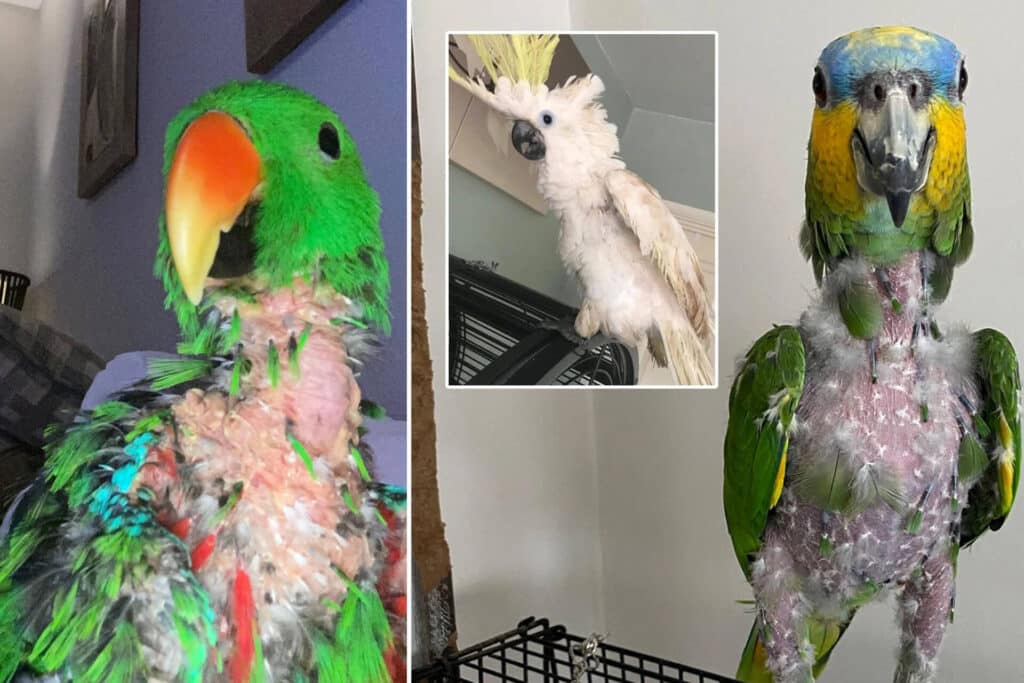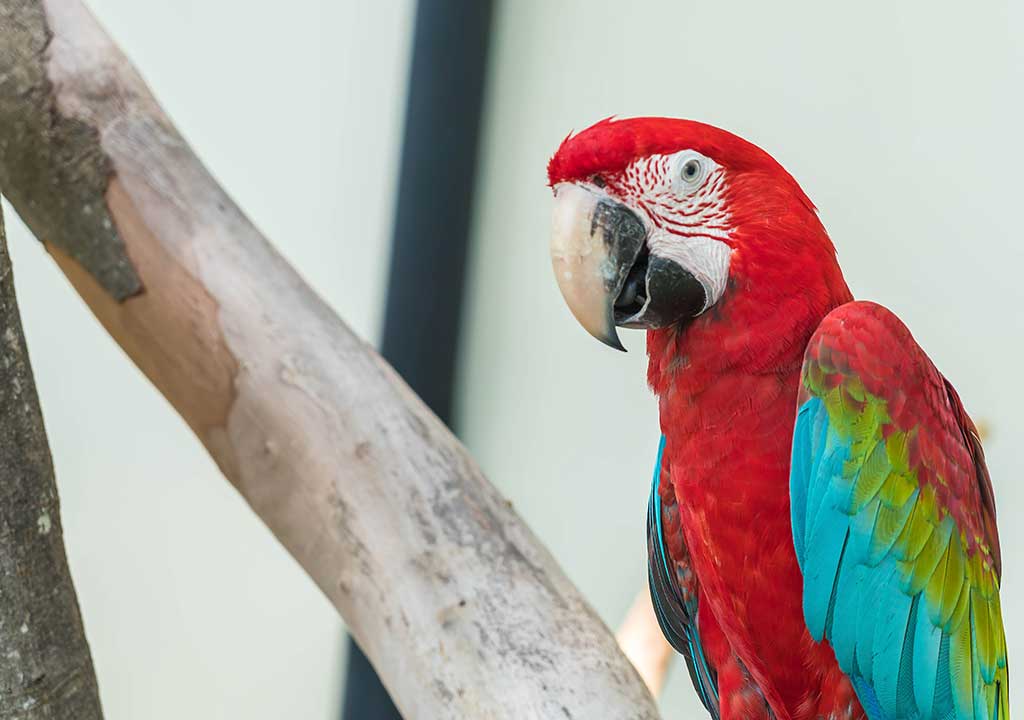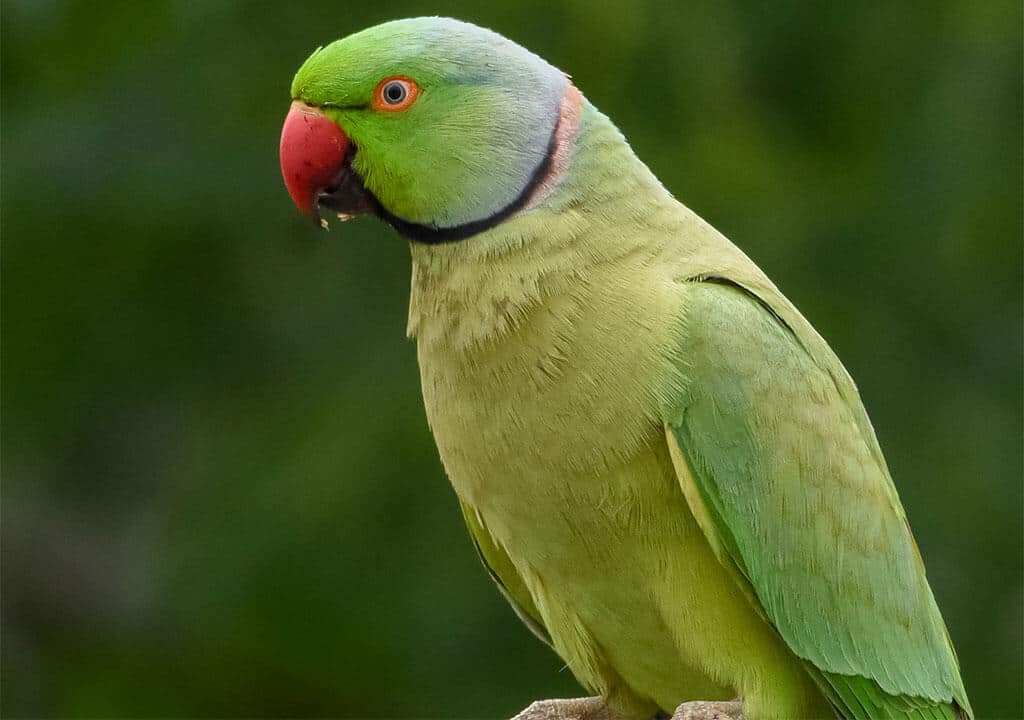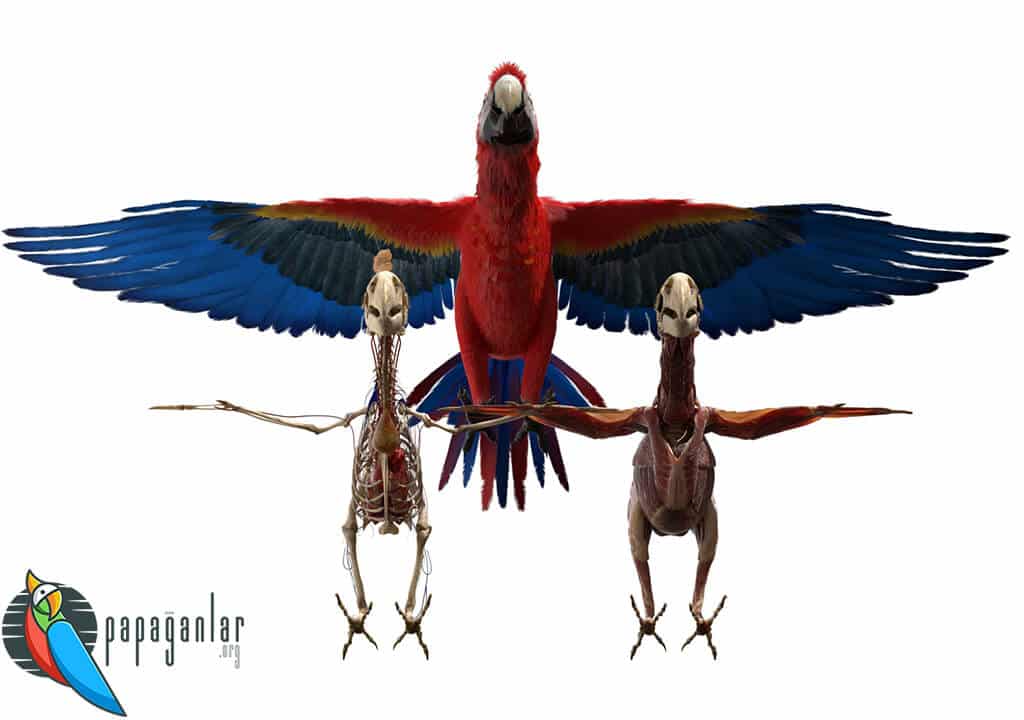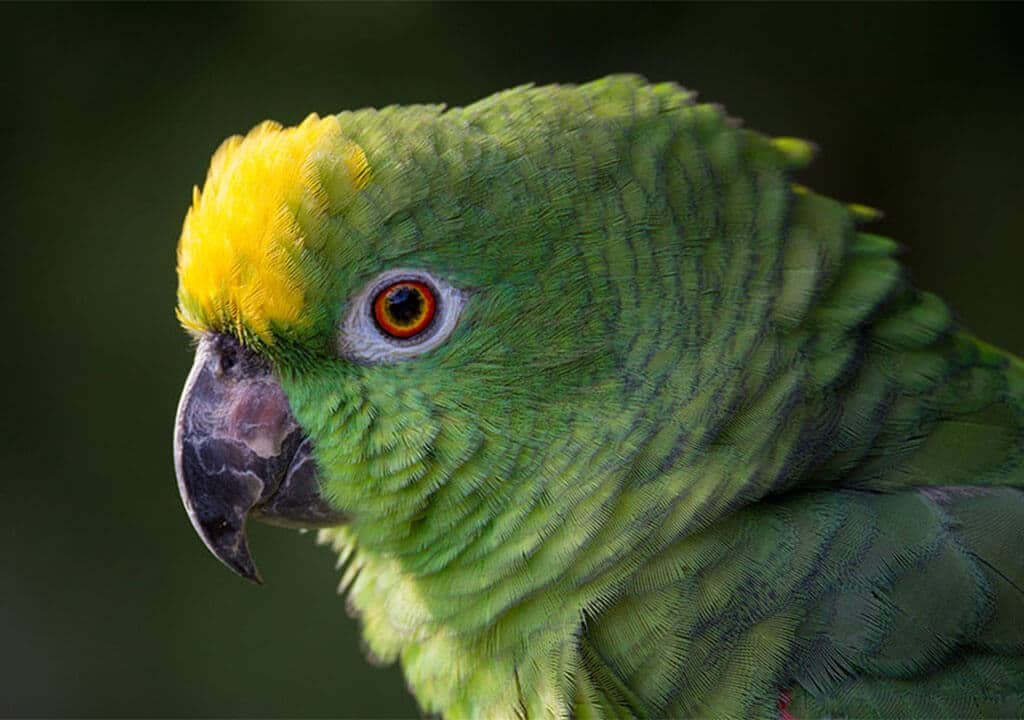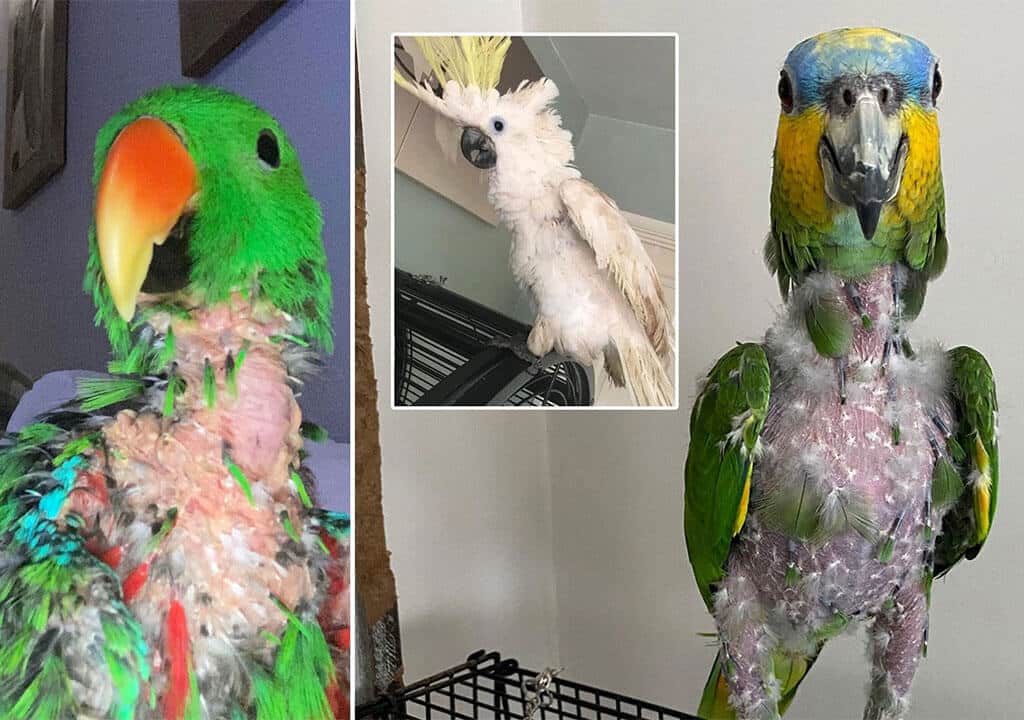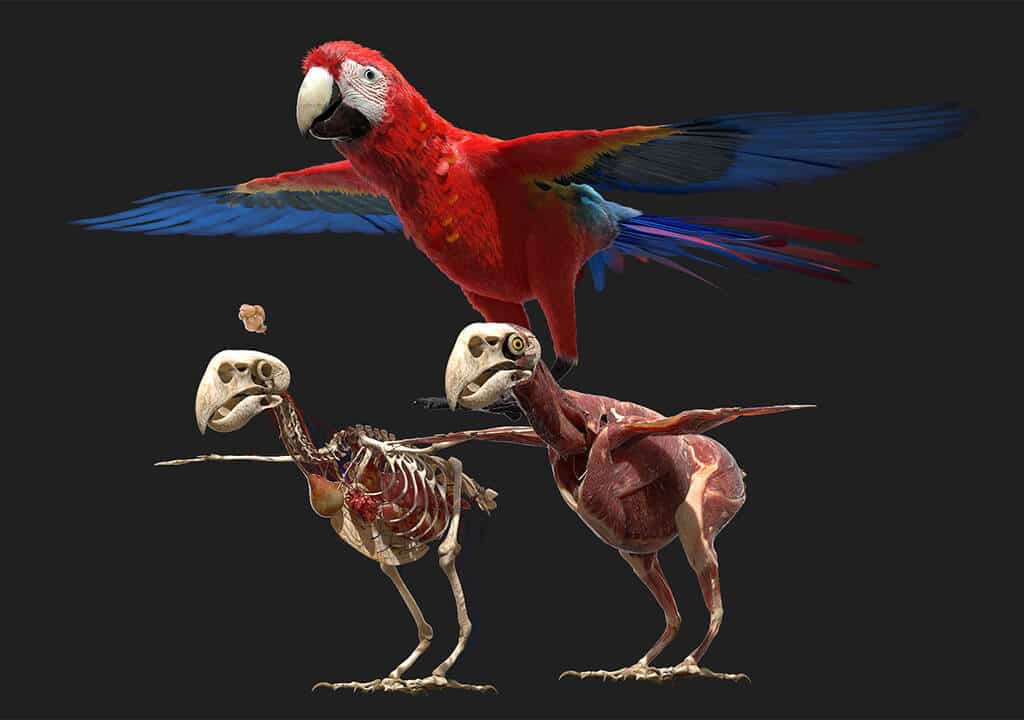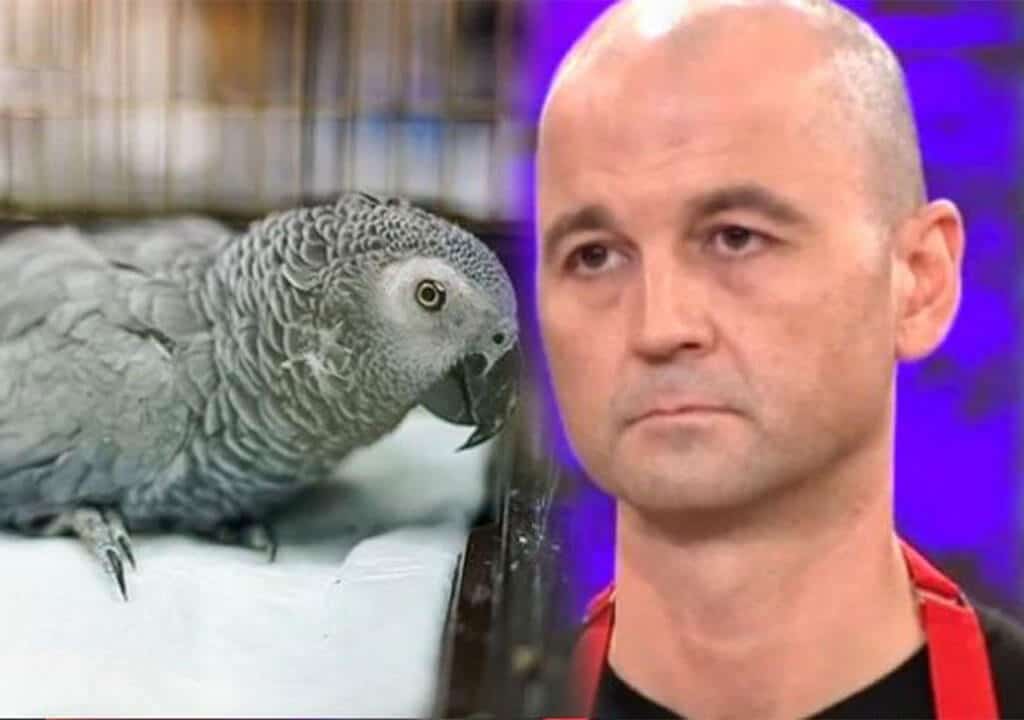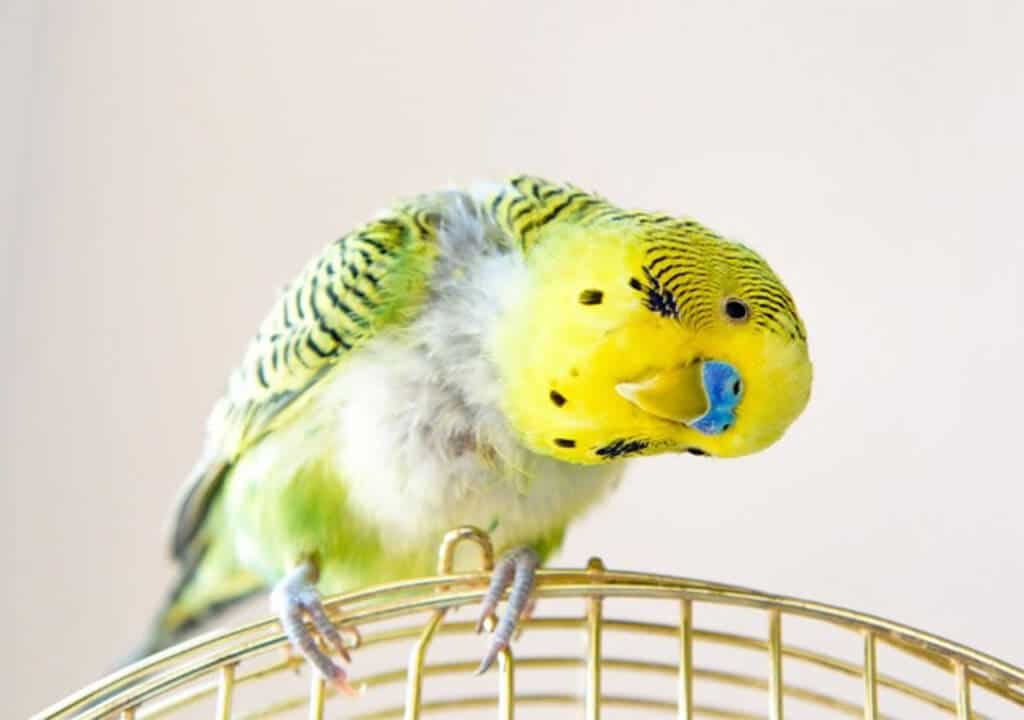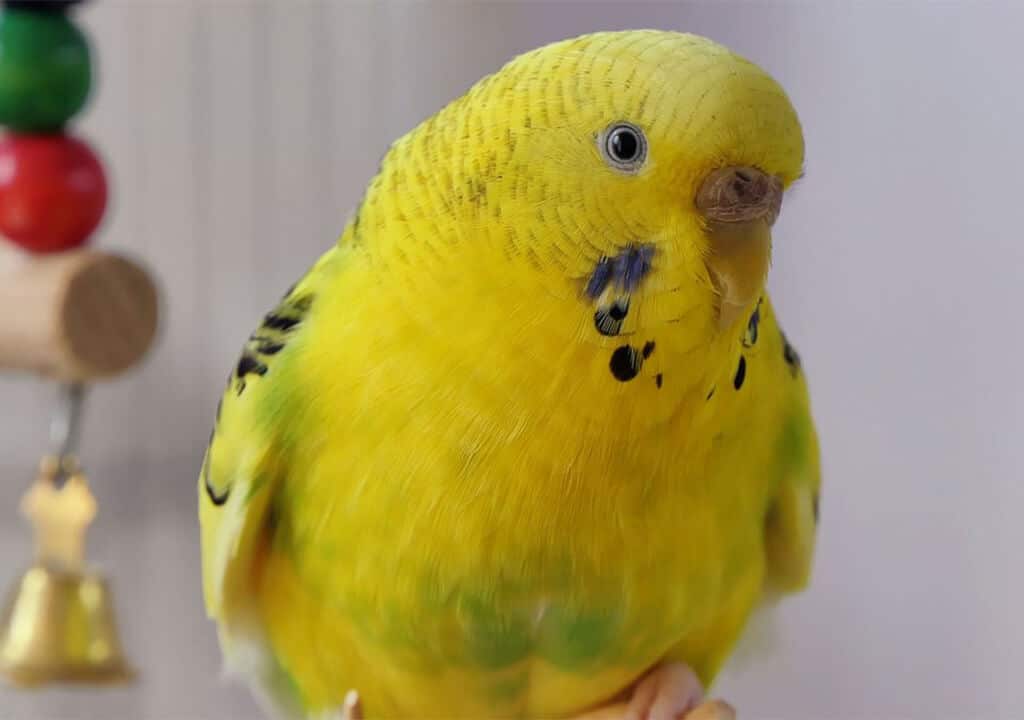Blog
Parrot Diseases, Diagnosis and Treatment Methods
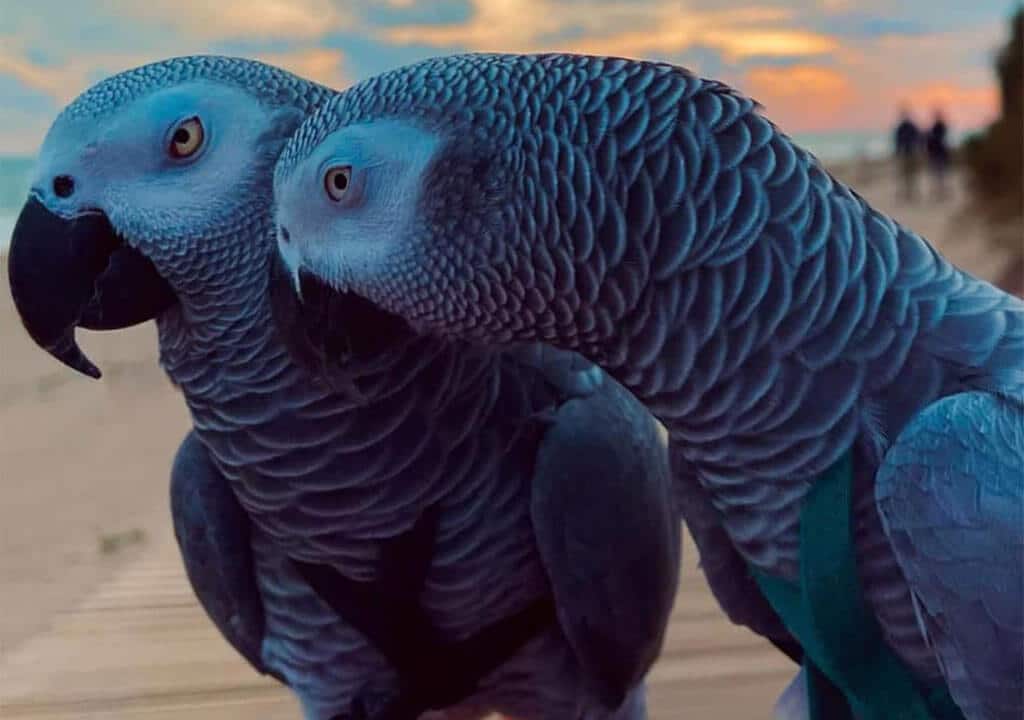
Birds get sick quickly because their physical and functional structures are simpler and less durable than mammals. Their general condition deteriorates in an instant. As a general rule, it is necessary to monitor the birds regularly on a daily basis and to evaluate the slightest change immediately. So when you buy it, don’t waste precious early time getting sick by consulting a veterinarian with experience in parrot health right away. All serious diseases should be treated by a veterinarian.
General Disease Symptoms and Supportive Treatment
Behavioral changes, changes in respiratory movements, perching and sitting style, relation to the environment, wing and tail positions, condition of feathers are evaluated at regular intervals. If your parrot is sick, symptoms such as fluffing in its feathers, indifference to the environment, constantly closing its eyes and drowsiness, sitting on the floor of the cage or perching tightly with two feet on the perch, the tail moving up and down with breathing and shortness of breath may occur. Over time, weight loss is observed due to nutritional deficiencies. The most important indicator of weight loss is the prominence of the rib cage bones due to the decrease in the chest muscle. In the case of increased lubrication due to overnutrition, excess fat accumulates in the upper part of this muscle, and the resulting swelling indicates weight gain. If weight gain is further increased, excess fat causes bloating on the side of the abdomen.
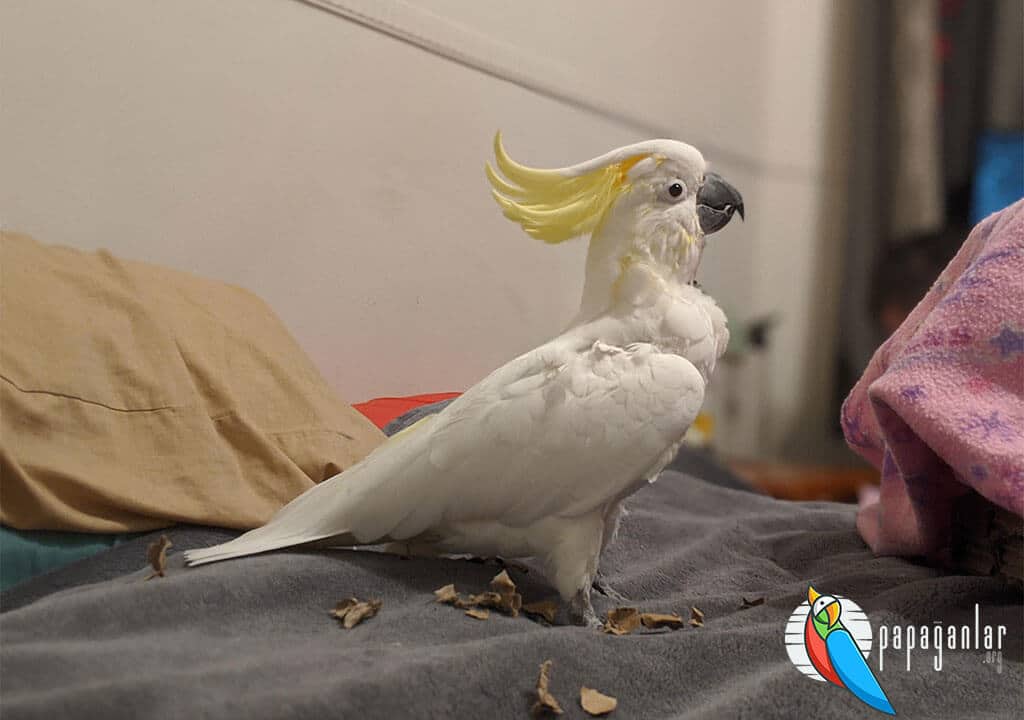
Abdominal Enlargement in Parrots
Enlargement in the abdominal region is normally observed with a slight concavity swelling in the abdominal region. In large parrots, inability to lay eggs may occur due to peritoneal inflammation, abdominal fluid accumulation, organ enlargements, various cancer diseases, hernia, liver diseases. It appears when the stressed bird is short of breath. It is a condition that requires urgent examination and treatment.
The color of the baby parrots can give an idea about their health. Normally it should be pink in color. The red color appears in the increase in temperature seen in infectious diseases. The white color, on the other hand, is due to the decrease in body temperature due to cold weather or freezing. It is also seen in various liver and kidney diseases.
Fatigue in Parrots
It is a general sign of infection. All kinds of infections, anterior stomach enlargement and abnormal beak are seen in large parrots. Appropriate treatment should be given to the problem.
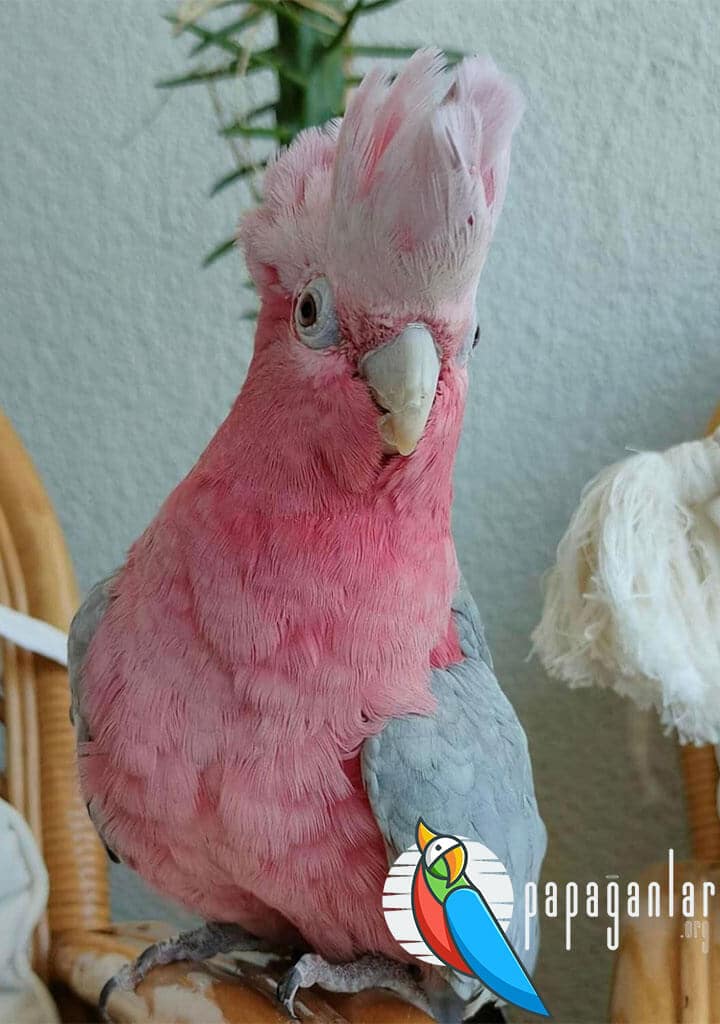
Supportive Treatment
Considering that this time is very valuable, supportive treatment is started immediately until the diagnosis is made and the appropriate treatment is started. The most important process is to increase the ambient temperature. Because parrots, whose metabolism increases due to nutritional deficiencies, begin to lose heat rapidly, and death is inevitable as a result of sudden changes in body temperature.
Ambient temperature should be between 36-38°C. Although there are special cages prepared for this, you can also provide this environment. Although there are special cages prepared for this, you can also provide this environment. Normal or infrared bulbs are used for this. A 40-watt bulb is placed on the edge of the cage by connecting a thermostat. One half of the cage is covered. This gives the bird a chance to escape from too much heat. By removing the perches, the parrot is allowed to rest on the ground in a soft environment such as a towel. If a wide cage is chosen for treatment, it will be possible for the parrot to regulate its own body temperature by giving the opportunity to move. The feeder and drinker should be at the bottom of the cage and within reach of the parrot.
If the parrot does not eat, the feeding program should be started immediately. The food is brought into a semi-solid form and given to the parrot with the help of a large syringe or cannula if necessary. There are foods with high nutritional value formulated for this. If not available; Half an egg yolk is added to the corn flour mixed with water and turned into a slurry. The temperature should be 37-40°C before administration. Depending on the age of the parrot, 5-10 ml of this mixture is given 3-4 times a day. The crop is examined manually and the time and amount of delivery are adjusted.
The daily water requirement of large parrots is 15-20 ml. Parrots that tend to have sudden dehydration should be observed carefully, and fluid supplements should be given by the veterinarian if necessary. Considering that the disease may be due to infection, appropriate treatment should be started as soon as possible.




